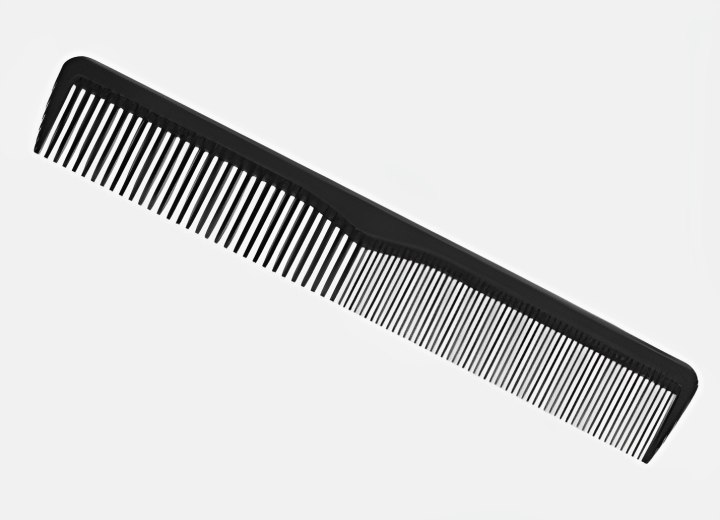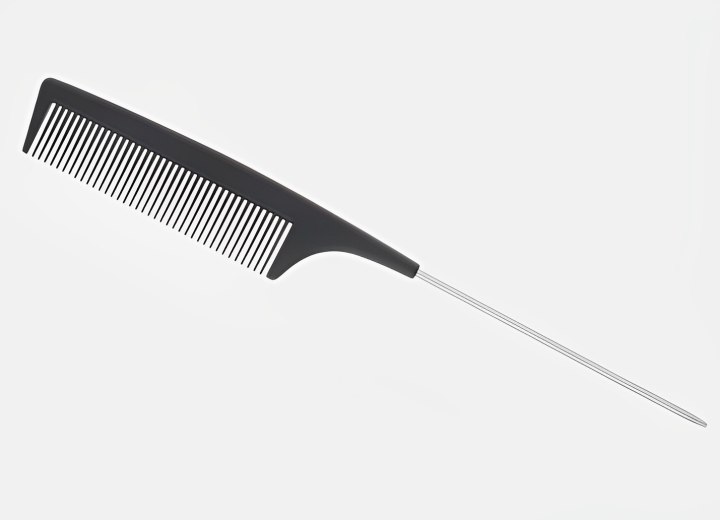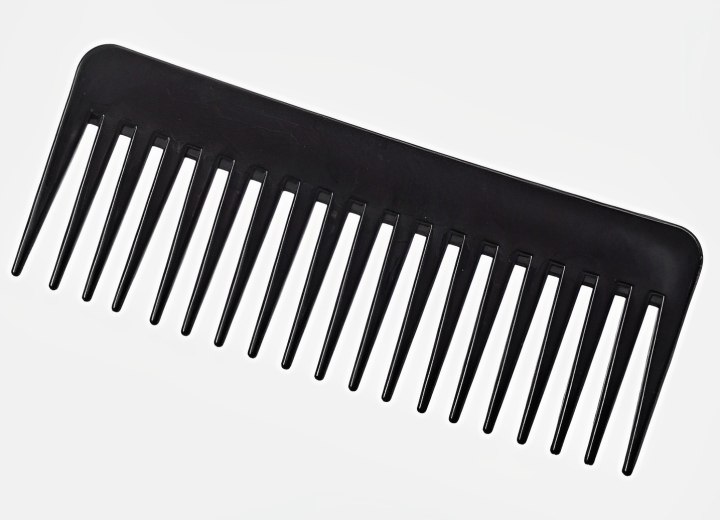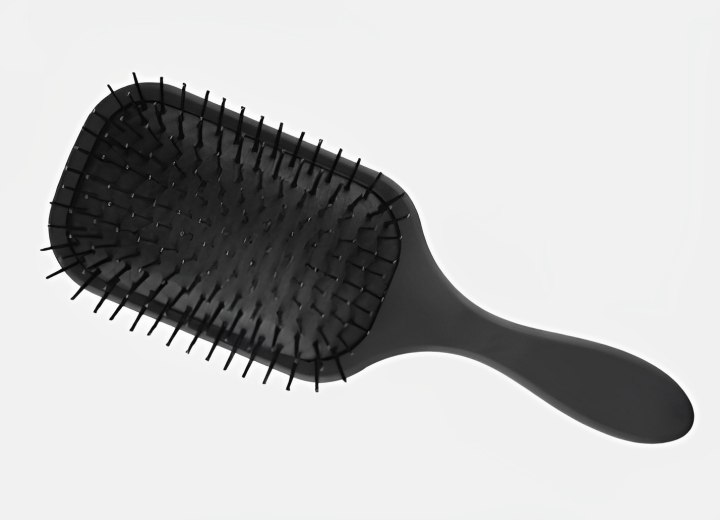Hair Combing and Brushing Basics (2)

Identifying and Selecting Quality Tools
Combs
Combs are the easiest group of styling tools to categorize and label, because there are so few differences to be found among the different types. You should select combs made from smooth, hard plastic and be sure that there are no sharp edges or seams left by the molding process.


The Wide-Tooth Comb comes in a variety of sizes and shapes. It is generally larger than the styling comb and can have teeth that are as much as 1/4 to1/2 inch apart. In many cases, the teeth are wider at the spine of the comb and taper toward the ends to aid in separating the hair. A wide-tooth comb is good for combing through wet hair and for combing dense or curly hair.


The size of the comb you choose will depend largely on the length of your hair, its density, and texture. A good rule of thumb is to take the comb and insert it into clean and dry hair. The wide-tooth comb should pass easily through the hair without any hindrance
For a styling comb, however, you should be able to easily insert it into the hair and release it, having the comb stay in place until you move your head, at which point it should fall out easily.
Brushes
There are nearly as many different types of brushes as there are types of hair, and new designs are constantly being developed and introduced. Many of the new styles of brush are created specifically for use with a particular styling technique and may or may not be suitable for all hair types.
The Styling Brush is a brush with bristles - either synthetic or natural - and can come in many shapes and sizes. The best styling brushes use natural fiber bristles - usually boar's hair. However, if you choose to use a synthetic bristle brush, be sure to choose one that is well made and will be gentle to your hair and scalp.

Continue reading ...